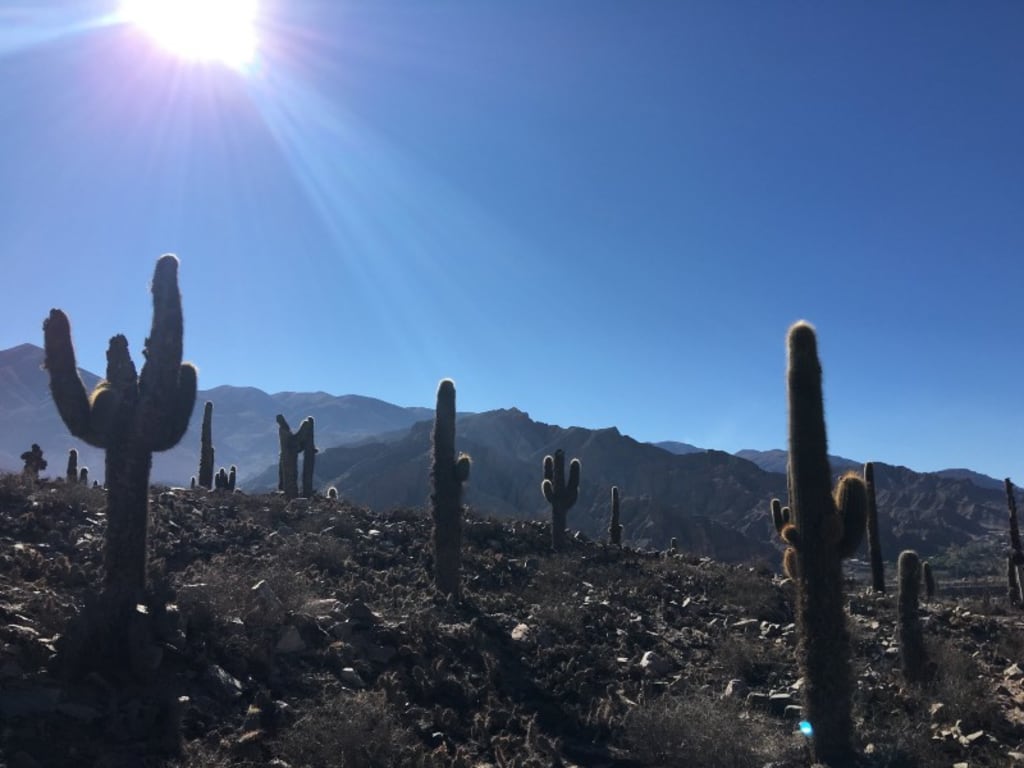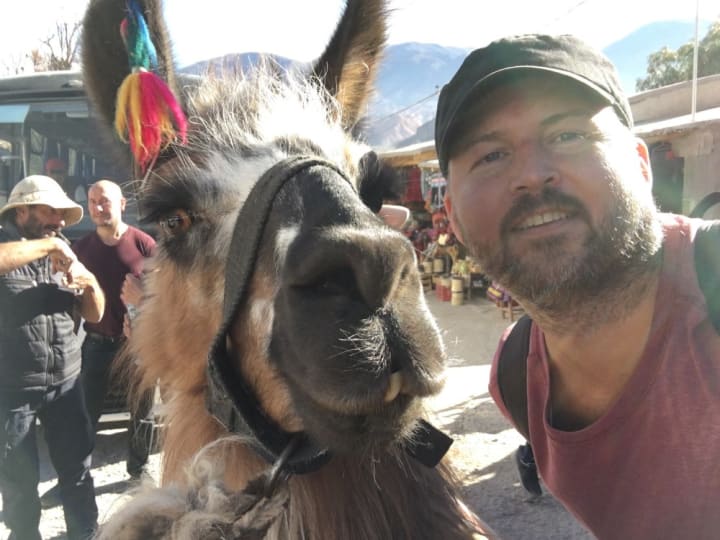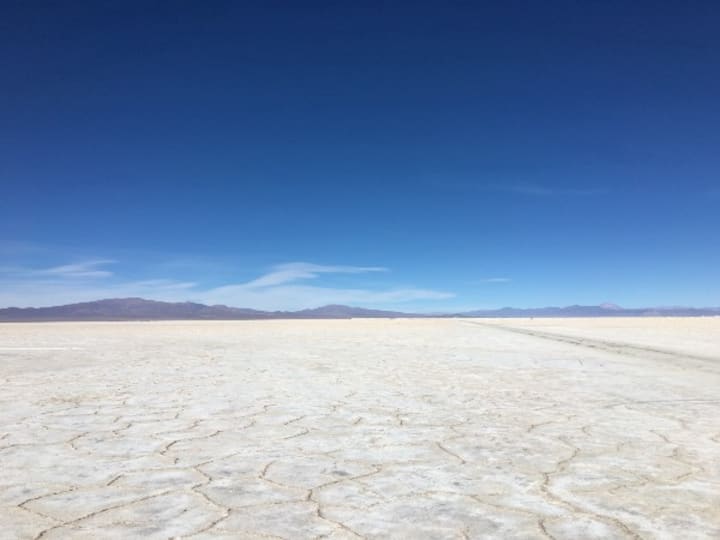Jujuy: A Travel Guide
A breathtaking part of Argentina worth exploring.

Jujuy is one of the main destinations in the north of Argentina — a two-hour flight from Buenos Aires (from the domestic airport near the centre of town).
Jujuy (which is not pronounced as you might expect it to be — the name comes from the local language that pre-dates Spanish), is dominated by the Quebrada de Humahuaca (or Humahuaca gorge) which the Río Grande (big river) has steadily been wearing away over the millennia.
Formed by volcanic activity, the ancient surrounding mountains are filled with minerals, giving them deep, rich colours — red, orange, green, white, and purple. It’s a dramatic, arid landscape — immersed in an endless blue sky, the only vegetation seems to be the slow-growing cacti.
My visit to this region was in late July — dry season for northwest Argentina. This is the high season for domestic tourism, but it’s probably when the area is at its starkest — I’d love to return when the cacti are in flower, bringing a different type of colour to the mountainsides.
While visiting the Jujuy region I stayed at the Hotel Huacalera just near Tilcara – a beautiful hotel in a spectacular setting.
Tilcara

Meeting the stars of Caravana De Llamas in Tilcara, Argentina. Photo: Gareth Johnson
Tilcara is a popular base for people wanting to experience the Humahuaca gorge and surrounding region. There’s plenty of hotels and restaurants, and tourism is one of the main industries of the area.
One of the key highlights of Tilcara is Pucará de Tilcara. This is the site of one of the traditional settlements of the Omaguaca people who lived in this gorge before the arrival of the Spanish. Parts of the settlement have been reconstructed so you can get a very real feeling for what life would have been like — undeniably tough and uncompromising.
As the Spanish took control, the Omaguaca were forced to leave their homes. As you stand on top of this dusty mountain and survey the Humahuaca gorge in all directions, it's impossible not to feel lost in this dramatic landscape.
One of the highlights of the visit to Tilcara was meeting Santos Manfredi and his llamas. Santos and his wife own Caravana De Llamas and run llama treks around this region — anything from half-a-day to three days or more. This would be a spectacular way to really connect with this region, walking in the footsteps of the people who have called this gorge their home for centuries.
Salinas Grandes

The salt plains of Salinas Grandes, Argentina. Photo: Gareth Johnson
One of the features of this region is the enormous salt flats described as Salinas Grandes. Found at an altitude of over 3000 metres above sea level, the Salinas Grandes cover an area of over 200 square kilometres.
Predictably, it’s a bit of a slow, twisting drive to get there but worth the effort.
Purmamarca

The mineral colours of Purmamarca at the Hill of Seven Colours. Photo: Gareth Johnson
One of the best places to see the rich mineral tones of the Humahuaca gorge is at the town of Purmamarca, nestled in the shadow of Cerro de los Siete Colores (Hill of Seven Colours).
We stopped for lunch at a great local restaurant called Tierra De Colores — a fantastic selection of foods associated with the local area.
About the Creator
Gareth Johnson
A non-smoker who loves to laugh... (and binge on travel, food, movies, fashion, and theatre...). Find me on Twitter @gtvlondon






Comments
There are no comments for this story
Be the first to respond and start the conversation.